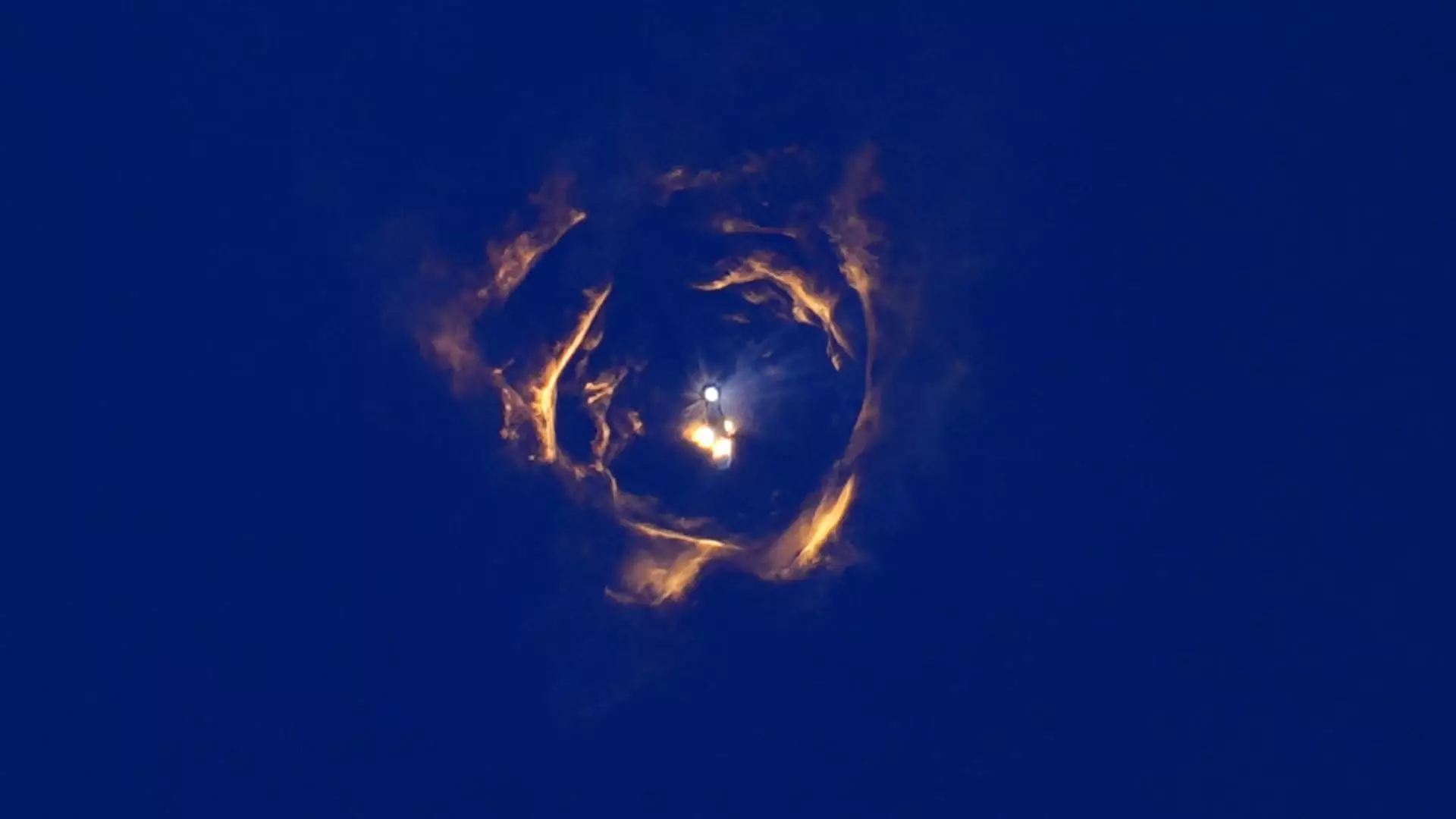On Thursday, an unexpected incident during SpaceX’s seventh flight test of its Starship rocket led to significant disruptions in commercial air travel. The rocket, which launched from SpaceX’s site near Brownsville, Texas, shortly after 5:30 p.m. ET, tragically broke apart mid-flight, releasing debris that posed immediate risks to airborne aircraft. According to flight-tracking service Flightradar24, numerous commercial flights were diverted or delayed as the fallout unfolded, highlighting the interconnection between space exploration and everyday air travel.
In response to the incident, the Federal Aviation Administration (FAA) acted swiftly by issuing a warning to pilots about the presence of hazardous debris in the vicinity. Air traffic was “briefly slowed and diverted” to ensure the safety of passengers and crew. Such proactive measures underscore the FAA’s role in managing airspace safety, especially in light of increasing commercial spaceflight activities. Fortunately, the FAA reported no injuries or property damage due to the debris, which is a small relief given the potential for disaster in such scenarios.
The aftermath of the Starship’s disintegration saw several airlines adjusting their flight routes. Notably, a JetBlue Airways flight en route from Fort Lauderdale, Florida, to San Juan, Puerto Rico, was forced to return to its departure airport nearly two hours into its journey. Similar actions were observed with other flights; both FedEx and Spirit Airlines diverted their planes, highlighting the widespread consequences of a single event in the skies above. An American Airlines representative later confirmed that fewer than ten of their flights were affected, but the impact reverberated throughout the network as airlines scrambled to maintain safety protocols.
The incident not only shines a light on the challenges that come with coordinating space and air travel but also raises questions about the increasing frequency of commercial space launches and their implications for existing air traffic systems. As private companies like SpaceX push the boundaries of aerospace technology, the potential for conflicts between launching spacecraft and commercial airliners grows, especially over congested airspace like that above Florida.
As SpaceX investigates the underlying causes of the rocket’s breakup, lessons drawn from this incident could inform future safety protocols for both space missions and commercial air travel. Understanding and mitigating risks associated with airborne debris will be crucial in ensuring public safety as the space industry continues to expand. For now, however, the episode serves as a stark reminder of the interconnectedness of our aviation networks and the unforeseen challenges posed by new technology in an increasingly crowded sky.
Overall, while events like these are rare, they necessitate an ongoing dialogue about aerospace safety, regulatory frameworks, and the shared use of airspace, all of which will be pivotal in shaping the future of travel both in our atmosphere and beyond.



Leave a Reply